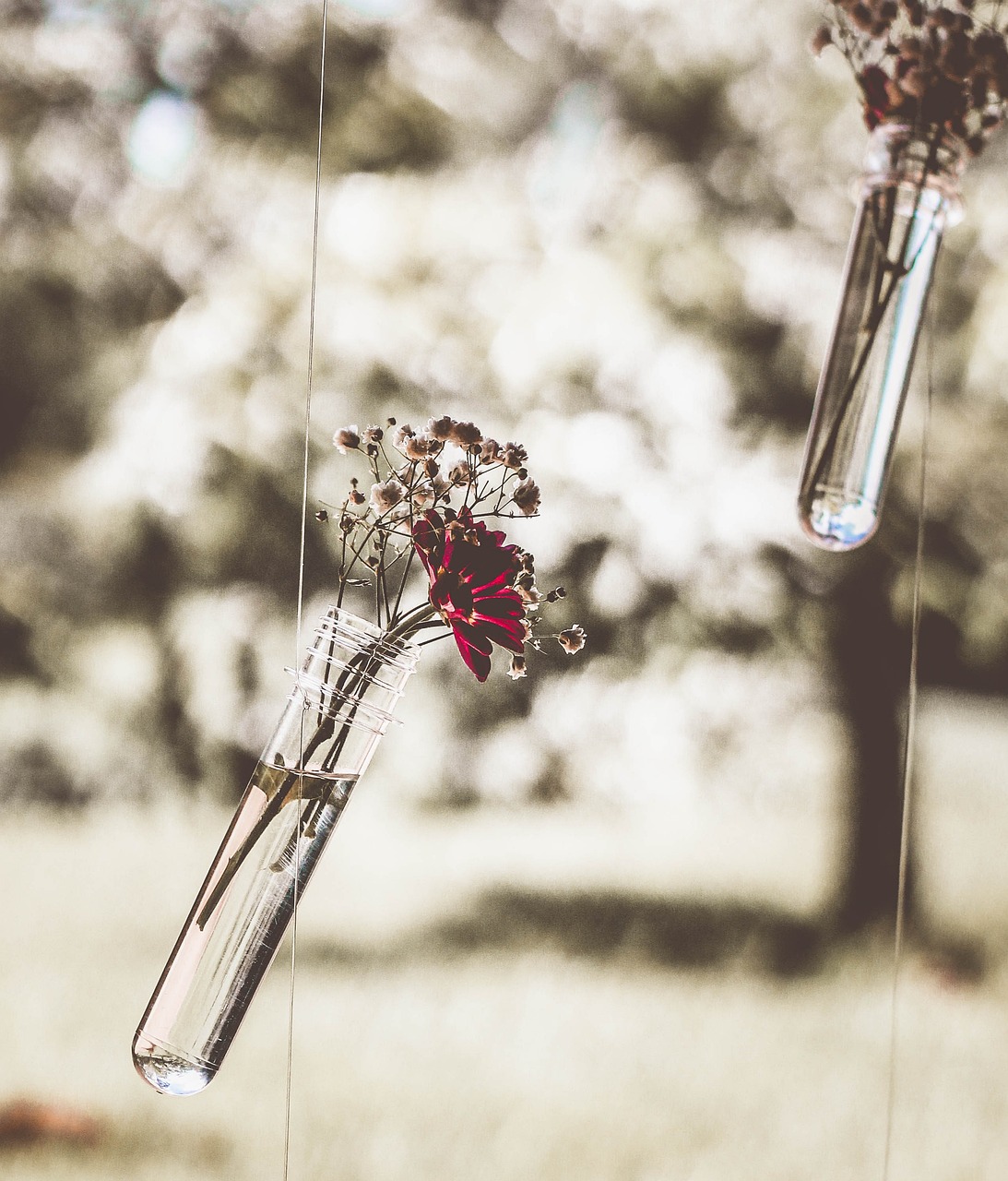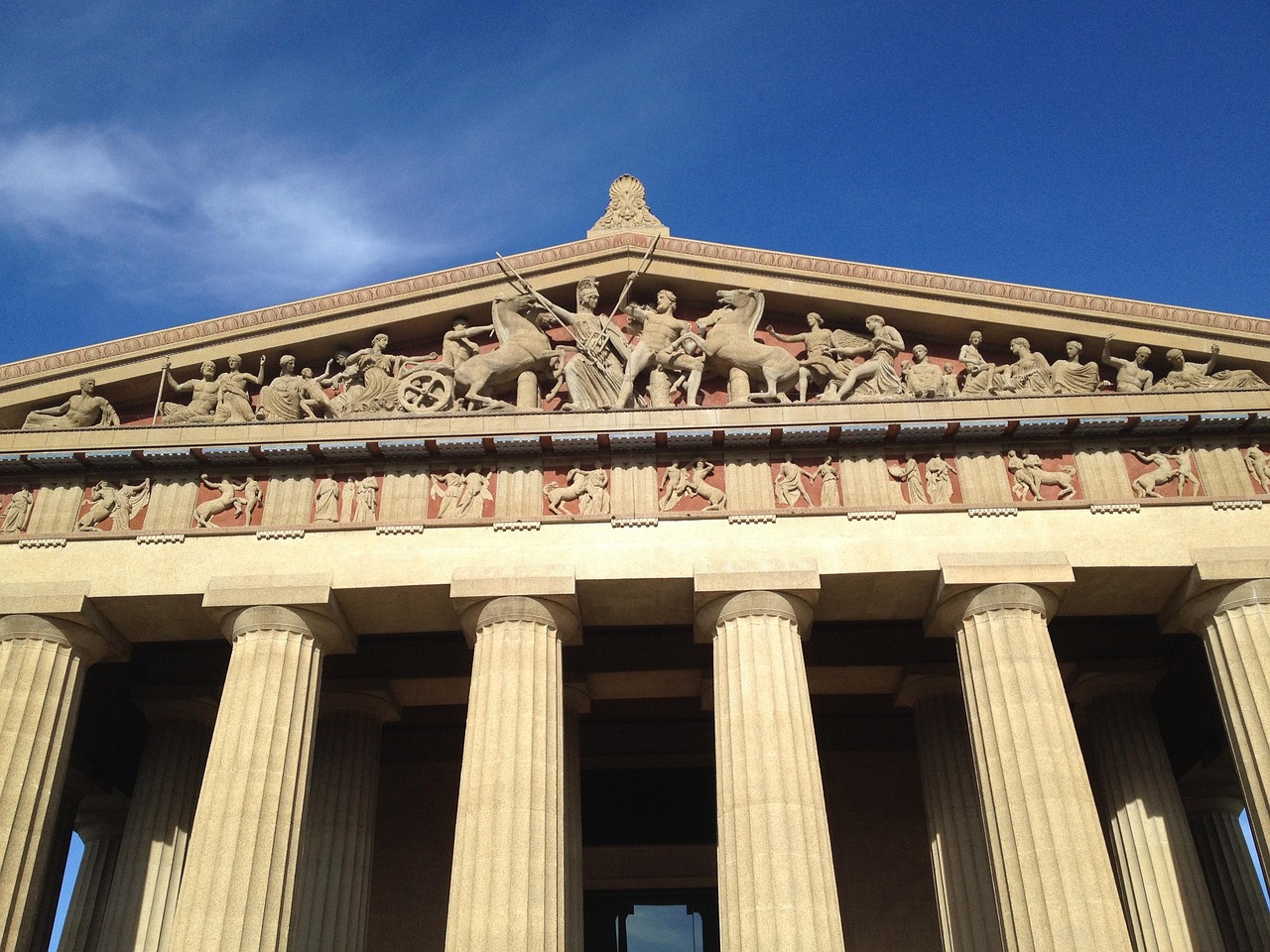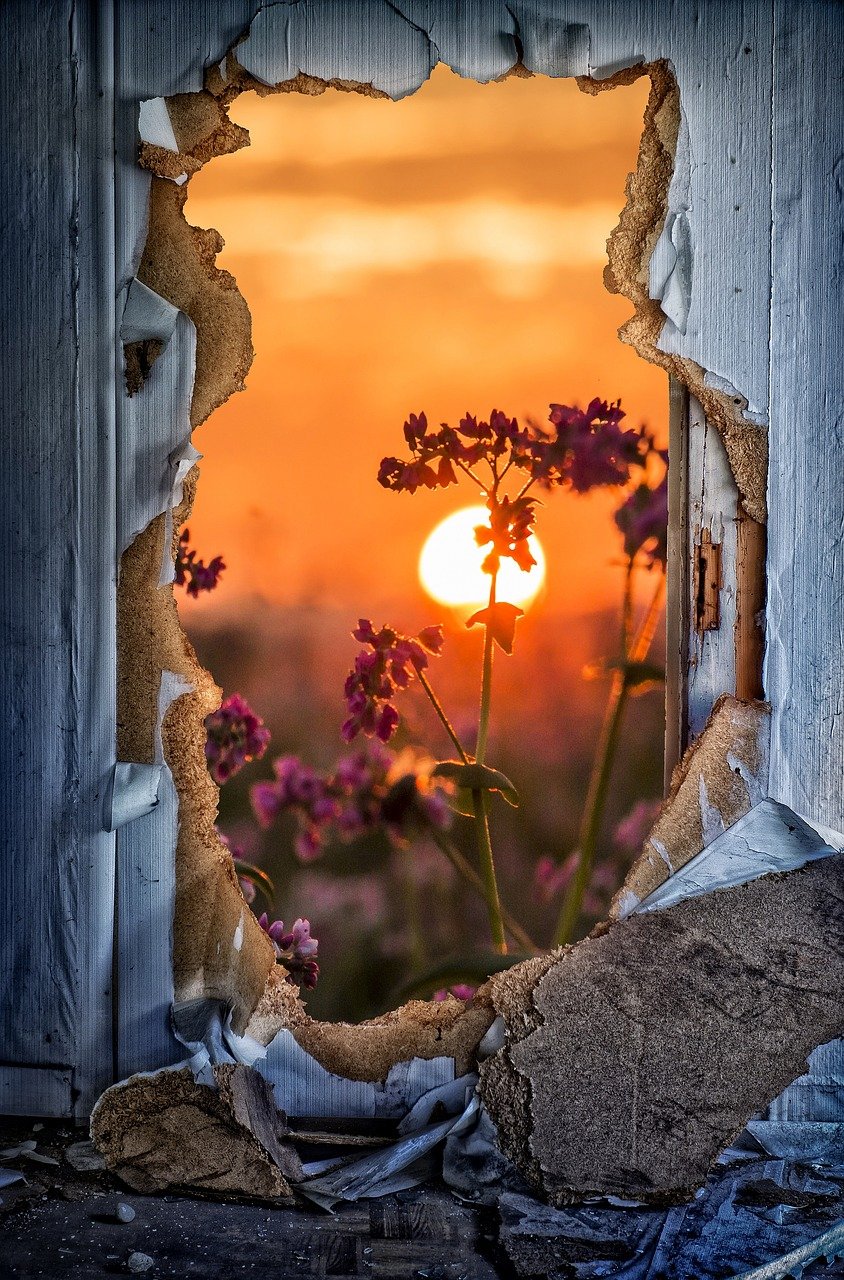"The Splendor of Chinese Opera: A Cultural Journey in English" is an exploration of the rich and diverse world of Chinese opera. This journey delves into the various regional styles, such as Peking opera, Yue opera, and Kunqu, each with its unique characteristics and cultural significance. The book provides an in-depth look at the history, music, costumes, and makeup that define Chinese opera, as well as the stories and themes that have captivated audiences for centuries. It also discusses the role of opera in Chinese society and its influence on other art forms. By presenting this cultural treasure in English, the book aims to make Chinese opera accessible to a wider global audience, fostering a deeper appreciation for this art form and its enduring legacy.
Chinese opera, an integral part of the country's rich cultural heritage, is a performing art form that has captivated audiences for centuries. It is a unique blend of music, dance, acrobatics, and drama, which has evolved over time to become a vibrant and diverse art form. This article aims to provide an overview of the essence of Chinese opera culture in English, exploring its history, characteristics, and significance in the contemporary world.
Origins and Evolution
The roots of Chinese opera can be traced back to the Tang Dynasty (618-907 AD), where the seeds of this art form were sown with the emergence of storytelling and musical performances. However, it was during the Yuan Dynasty (1271-1368 AD) that the first true operas, known as Yuanqu, were developed. These early operas were characterized by their use of song, dance, and dialogue, and they often dealt with themes of love, loyalty, and social justice.
Over the centuries, Chinese opera continued to evolve, with different regions developing their own styles and forms. By the Ming and Qing Dynasties, several distinct schools of opera had emerged, each with its own repertoire, performance techniques, and musical styles. Among the most famous are Peking Opera (Jingju), Kunqu Opera, Yue Opera, and Henan Opera (Yuju), each contributing to the rich tapestry of Chinese operatic culture.
Key Characteristics
Chinese opera is known for its stylized performances, which are a far cry from the naturalistic acting found in Western theater. Here are some of the key characteristics that define this art form:
-
Singing and Recitation: The music in Chinese opera is a blend of traditional Chinese instruments and vocal techniques. Singers use a combination of speech and song to convey the story, with each character having a specific vocal style that reflects their personality and status.
-
Gesture and Movement: Every movement in Chinese opera is deliberate and symbolic. From the way characters walk to the way they gesture, each action is imbued with meaning, often drawing from martial arts and dance.
-
Costume and Makeup: The costumes are elaborate and colorful, often adorned with intricate patterns and symbols. Makeup is used not only for aesthetics but also to convey character traits, with specific facial patterns representing different roles, such as the red face for loyalty and the white face for treachery.
-
Acrobatics and Martial Arts: Many Chinese operas include elements of acrobatics and martial arts, adding a dynamic and exciting dimension to the performances.
-
Symbolism and Metaphor: Chinese opera is rich in symbolism and metaphor, with every prop, color, and gesture carrying a deeper meaning. This layer of interpretation adds depth to the storytelling and requires a certain level of cultural literacy to fully appreciate.
Significance and Influence
Chinese opera has played a significant role in preserving and transmitting traditional Chinese culture. It serves as a medium for moral education, social commentary, and historical reenactment. The stories told through opera often reflect the values and beliefs of Chinese society, such as filial piety, loyalty, and the importance of maintaining harmony.
In the modern era, Chinese opera has faced challenges due to the rise of other forms of entertainment and the influence of Western culture. However, there has been a resurgence of interest in preserving and promoting this traditional art form. Many opera companies and schools have been established to train new generations of performers and to adapt traditional operas for contemporary audiences.
Chinese opera has also had a global impact, influencing other forms of theater and performance art around the world. Its unique aesthetic and performance techniques have inspired artists and performers in various countries, leading to a greater appreciation of Chinese culture and its artistic expressions.
Contemporary Challenges and Opportunities
The preservation and promotion of Chinese opera in the 21st century present both challenges and opportunities. On one hand, there is a need to adapt to the changing tastes of modern audiences and to find innovative ways to present these traditional art forms. On the other hand, there is a growing interest in cultural heritage and a desire to reconnect with traditional arts.
Technological advancements have opened up new avenues for the dissemination of Chinese opera. Digital platforms allow for the streaming of performances, making them accessible to a global audience. Additionally, social media has become a tool for promoting Chinese opera, with performers and companies sharing behind-the-scenes glimpses, tutorials, and performances to engage with fans and potential new audiences.
Conclusion
Chinese opera is a living testament to the enduring power of traditional art forms. It is a cultural treasure that continues to evolve, adapt, and captivate audiences both within China and around the world. As we look to the future, it is essential to support the preservation and innovation of this art form, ensuring that the splendor of Chinese opera continues to shine for generations to come.






 京公网安备11000000000001号
京公网安备11000000000001号 京ICP备18057566号-3
京ICP备18057566号-3